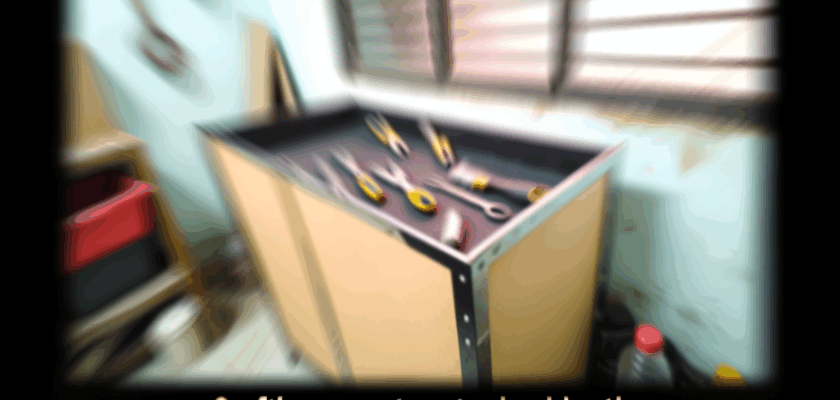In the world of workshop organization, a custom steel tool cabinet offers durability, security, and tailored storage solutions that off-the-shelf options often cannot match. Whether you are a professional tradesperson or a dedicated hobbyist, building a steel tool cabinet designed specifically for your needs can greatly enhance efficiency and workspace aesthetics. This article explores the essential steps involved in crafting a custom steel tool cabinet, focusing first on design planning and then on the materials and tools necessary for construction.
Planning Your Custom Steel Tool Cabinet Design
Designing a custom steel tool cabinet begins with a clear understanding of its intended use and the tools it must accommodate. Start by taking inventory of your tools, noting their sizes, shapes, and how often you use them. This will inform decisions about drawer dimensions, shelf heights, and compartmentalization, ensuring that your cabinet maximizes space while keeping tools accessible.
Next, consider the workspace and location where the cabinet will reside. Precise measurements of the available area will help determine the cabinet’s overall dimensions to avoid overcrowding or underutilization of space. Additionally, think about mobility options such as wheels or stationary feet, depending on whether you need the cabinet to be portable or fixed.
Finally, plan the structural details with an emphasis on durability and functionality. Decide on the gauge of steel you will use, the type of handles and locks for security, and ventilation needs if storing chemicals or delicate instruments. Sketching detailed blueprints or using computer-aided design (CAD) software can help visualize the final product and avoid costly mistakes during construction.
Essential Materials and Tools for Construction
The backbone of a durable tool cabinet lies in the quality of materials chosen. Steel sheets are fundamental, typically ranging from 16 to 22 gauge; thicker steel offers greater strength but is heavier and more difficult to work with. Additionally, steel angle irons and tubing provide structural support for frames and reinforcements, ensuring the cabinet withstands heavy use.
Beyond steel, hardware such as drawer slides, locks, hinges, and handles must be sourced to enhance the cabinet’s functionality. High-quality ball-bearing drawer slides facilitate smooth operation, while robust locks are necessary for securing valuable tools. Consider corrosion-resistant finishes like powder coating to protect the cabinet from rust and wear over time.
On the tools side, fabrication requires equipment such as a metal shear or plasma cutter for precision cuts, a welding machine for joining components securely, and a drill press for creating consistent holes. Additional hand tools such as metal files, clamps, and measuring instruments are essential for fine adjustments. Safety equipment—including gloves, eye protection, and a welding helmet—is critical throughout the construction process to prevent injuries.
Crafting a custom steel tool cabinet is a rewarding project that combines practical design with skilled metalworking. By carefully planning your design and assembling the right materials and tools, you can build a cabinet that not only organizes your workspace efficiently but also stands the test of time. Investing the effort upfront results in a tailor-made storage solution that perfectly fits your tools and workflow, ultimately enhancing your productivity and preserving your equipment.

